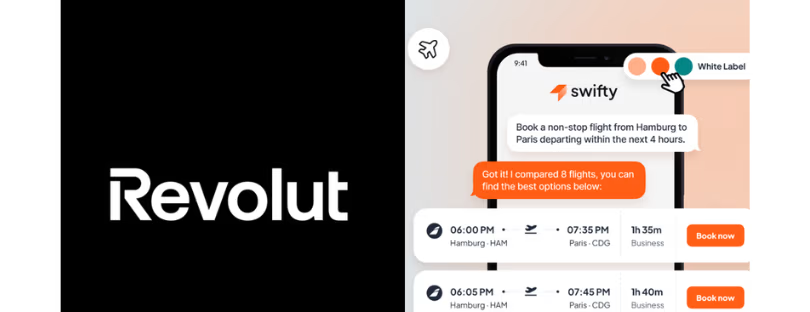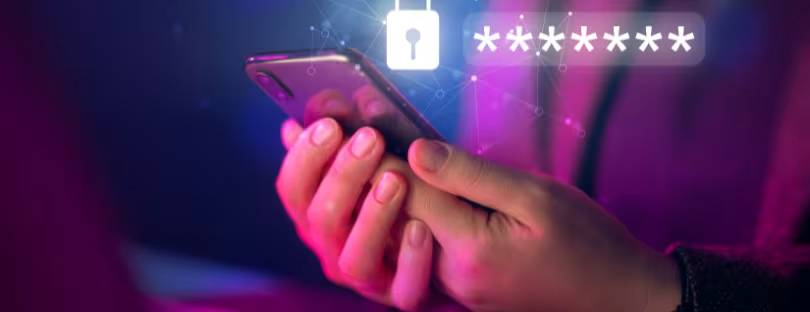
93% of consumers are considering emerging payments, Mastercard reports
As the world went into pandemic lockdown in 2020, consumers shifted their spending habits to embrace contactless tap-and-go payments and online shopping. As stores closed and social distancing took hold, retailers worldwide moved their businesses online, embraced e-commerce and explored the potential of new ways to pay. emerging payments
More than a year later, research from Mastercard shows that the adoption of new payment technologies is rising, and consumer appetite for new, fast and flexible digital experiences continues to grow. emerging payments
The Mastercard New Payments Index, conducted across 18 markets around the world, shows 93% of people will consider using at least one emerging payment method, such as cryptocurrency, biometrics, contactless, or QR code, in the next year. Nearly two-thirds of respondents (63%) agree they have tried a new payment method they would not have tried under normal circumstances, but the pandemic has galvanized people to try flexible new payment options to get what they want when they want it. With this interest and consumer demand also comes a greater expectation for businesses to provide multiple ways to shop and pay. In fact, more than half of consumers say they would avoid businesses that do not accept electronic payments of any kind.
“The pandemic made us think differently, partly out of necessity,” said Craig Vosburg, Chief Product Officer at Mastercard. “To deliver the choice and flexibility that consumers need – and increasingly expect –retailers worldwide need to offer a range of payment solutions that are easy to access and always on. As we look ahead, we need to continue to enable all choices, both in-store and online, to shape the fabric of commerce and make the digital economy work for everyone.”
Contactless technology was the digital catalyst to explore new payment options because of its fast, secure and touch-free experience. Between the first quarter of 2020 and the same period in 2021, more than 100 markets saw contactless as a share of total in-person transactions grow by at least 50 percent. A year into the COVID-19 pandemic, contactless is showing it’s staying power and dynamism – in the first quarter of 2021 alone, Mastercard saw 1 billion more contactless transactions as compared to the same period of 2020, with particular momentum in emerging contactless markets like the U.S. and Brazil, where contactless penetration in the two markets combined grew by nearly 3x year-over-year. All signs point to a continued growth path for contactless, with nearly 7 in 10 consumers anticipating using a contactless card this year.
Looking to the future, digital currencies, biometrics, contactless, and QR codes are trending as emerging payment technologies as people’s comfort with them and understanding of them increase and the use of cash decreases. In fact, 71% of people say they expect to use cashless moving forward. The exploding interest in new payment technologies may encourage businesses to expand their options at checkout. The Mastercard New Payments Index found:
- Cryptocurrency Gains Ground, With Millennials Primed to Jump In – Today consumers can buy, sell, and trade cryptocurrency as a commodity or investment. Consumers are also increasingly showing interest in being able to spend crypto assets for everyday purchases. As global interest in cryptocurrencies as a payment method continues to accelerate, 4 in 10 people (40%) across North America, Latin America and the Caribbean, the Middle East and Africa, and Asia Pacific say they plan to use cryptocurrency in the next year. Millennials globally and those in the Middle East and Africa are especially engaged in the cryptocurrency conversation, with more than half (67%) agreeing they are more open to using cryptocurrency than they were a year ago. In addition, 77% of Millennials are interested in learning more about cryptocurrency, while 75% agree they would use cryptocurrency if they understood it better. While consumer interest in cryptocurrency – especially floating digital currencies such as Bitcoin – is high, work is still required to ensure consumer choice, protection, and their regulatory compliance.
- Biometric Payments Are More Trustworthy – Perceptions of safety and convenience have been front and center for people over the past year. More than half (53%) of consumers agree that biometric checkout is secure. In fact, 6 in 10 consumers say they are excited about the potential of biometric verification methods such as gait or walk assessments and fingerprint authorization (61%), and 60% feel safer using biometrics to verify a purchase than entering a pin. Gait or walk assessments can be used to pay based on a person’s manner of walking.
- QR Codes – A Cleaner and More Convenient Alternative to Cash in Developing Markets – While mature markets – like the U.S., are focused on contactless payments, growing markets are leveraging QR-based options as a clean and convenient way to interact with merchants. In APAC, the majority of respondents perceive new payment methods like QR codes to be cleaner (76%) and more convenient (71%) than cash for in-person payments, as it is likely consumers are using their own mobile devices. 66% of respondents in Latin America and the Caribbean, and 63% in the Middle East and Africa expect to use more payment technologies like QR in the next year. emerging payments
To Meet People’s Demands, Businesses Forced to Jump into Emerging Payment Trends
With consumer interest in new payment technologies, the expectation for businesses to adapt for the long term is here to stay. Nearly eight in 10 respondents (79%) agree that they prefer to shop at stores that have both an in-person and online presence, and 68% noted being more excited to shop at retailers that can offer the latest payment methods. A recent study on 5,500 major Mastercard merchants showed that between Q1 2020 and Q1 2021, more than a fifth of these merchants globally increased the number of ways they connect with consumers, either by enabling an e-commerce channel or accepting contactless transactions. Over the same period, Mastercard saw the total number of card-not-present transactions grow by over 30%.
As one way to address this consumer preference for fast, touch-free payment experiences, many merchants are turning to contactless payments. Now, nearly 90% of in-person transactions globally take place at a contactless-enabled merchant, and nearly all merchant categories saw an increase in contactless transactions as a share of total in-person transactions year-over-year in the first quarter of 2021.
This behavior shift is reinforced by the desire for consumer choice – with 84% saying that they expect to make purchases when they want and how they want. The businesses that can provide multiple ways to shop and pay are best positioned to meet these expectations. As the demand for emerging payments and choice continues, it requires a wider range of payment solutions, insights, and products to meet the accelerating enthusiasm for the future state of pay.












